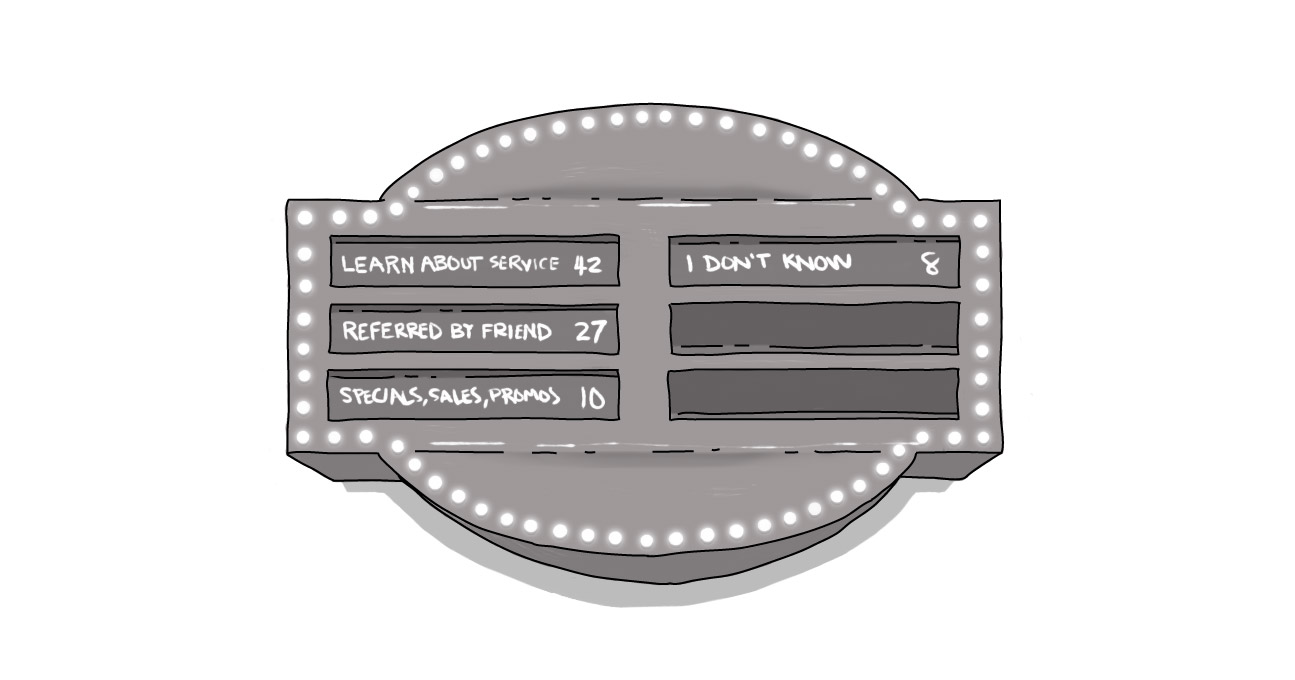Real Talk on Plain Language

Why does plain language matter? Especially in Canada where we have such a high literacy rate, doesn’t everyone know how to read and comprehend content?
The devil, as always, is in the details. It’s why no matter what industry you’re in, plain language matters. And it’s why the more important your information is to end-users -- think government, health, and legal -- the higher burden of responsibility you have to drop the jargon and speak like a human.
Before we get into the discussion, let’s define plain language. Plain language (also called plain writing or plain English) is communication your audience can understand the first time they read or hear it. Plain language is writing designed to ensure the reader understands as quickly, easily, and completely as possible. It avoids verbose, convoluted language and jargon.
As per the World Bank, Canada’s literacy rate has remained at 99 per cent for 20 years. Which sounds good, until you examine what the threshold for “literacy” was: “the percentage of people ages 15 and above who can both read and write with understanding a short simple statement about their everyday life.”
Not only is that a pretty low bar, it’s not reflective of the type and volume of content to which we’re subjected on a daily basis.
The Real Numbers
Recent data is harder to find, but historically the details don’t look good. Between 1994 and 1998, 23 countries participated in the International Adult Literacy Survey, and in 2003 Canada joined six other regions in the Adult Literacy and Life Skills Survey. These studies examined literacy in a more in-depth manner: whether users could understand and use information from news, prose, and fiction; whether they could find and use job applications, transportation schedules, tables, and graphs; and could they do basic math like calculating a tip, or completing an order form.
The study found that four in 10 Canadians had literacy skills too low to be fully competent in most jobs in our modern economy. We scored a “C.”
Things didn’t get much better in the last decade. In 2012, the Programme for the International Assessment of Adult Competencies survey, an initiative of the Organisation for Economic Co-operation and Development found that nearly half of all Canadians (sample size = 27,000) had low literacy skills -- either testing as poor readers (level 1) or narrow readers (level 2).
The Real Risk
So what’s the risk? Plenty, actually. The Canadian Public Health Association suggests that “adults in level 1 or 2 have limited scope for understanding health information.” That means there are risks of not understanding how to manage their health or what treatments may be; that means not being able to fully advocate for their children’s health, and it can even mean taking the wrong pills or the wrong dose.
But, you know, using big fancy words and satisfying your internal ego is totally worth putting people at risk, right?
Even the Government of Canada is on board. Public Works and Government Services Canada, in its statement on Plain Language states, “The obligation to inform the public includes the obligation to communicate effectively. Information about government policies, programs and services should be clear, objective and simple, and presented in a manner that is readily understandable. Messages should convey information relevant to public needs, use plain language and be expressed in a clear and consistent style.”
Real Next Steps
We’ll get into more detail in subsequent posts, but there are some quick and easy things you can consider in evaluating your content and how you can embrace plain language
- Be conversational -- don’t get bogged down in legalese or bureaucratic double-speak. Speak like you speak to you friends, family, and colleagues;
- Be active -- avoid passive sentences. Many default to passive language patterns because it sounds more formal. But active is almost always better, it provides more momentum to your content, and is more engaging;
- Keep sentences short and to the point -- avoid run-on sentences, try to eliminate superfluous or empty words, and keep the reader engaged;
- Give the people what they want -- too much content gets bogged down in non-essential information. You may think your readers want the history of your organization, a long-winded organizational overview, or other internally-focused content, but really they just want to know “what’s in it for me?” And then they want to know what to do.
- Avoid wall of text -- break up your content with bullets, headers (proper semantic tagging of course), and images that complements the content.
Real Talk
Have you had any experience converting content to plain language? How has it worked for you? What challenges did you face? We’ll be covering some of these topics in the not-too-distant future, but, as always, we’d love to hear from you.
SUBSCRIBE TO OUR E-NEWSLETTER
 Subscribe
Subscribe


